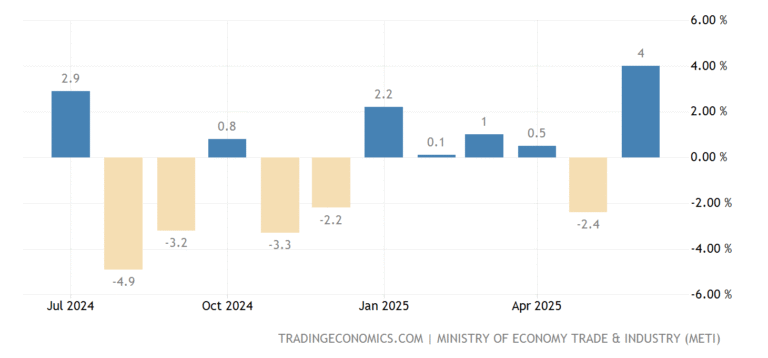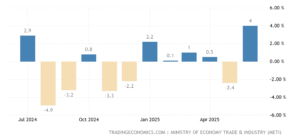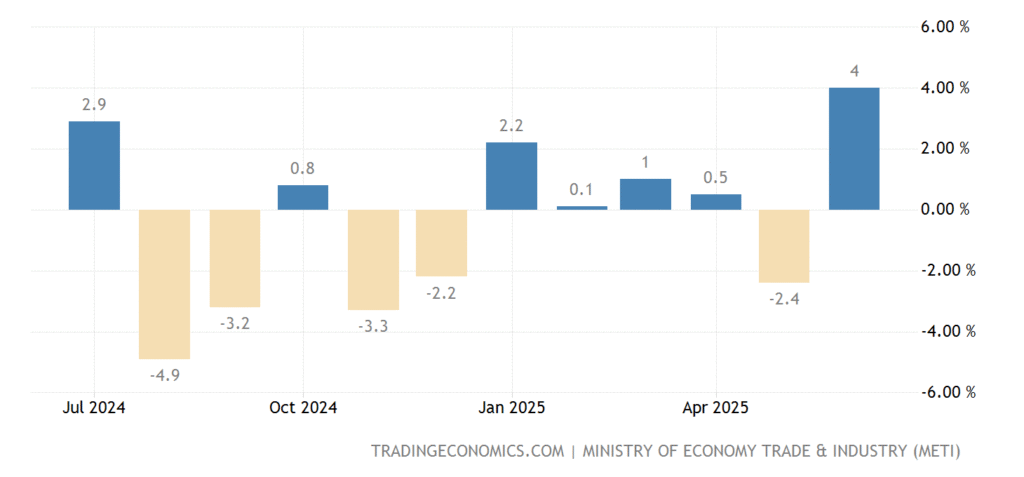The European Union has officially enacted the Markets in Crypto-Assets (MiCA) regulation, marking a significant milestone in the global crypto regulatory landscape. This comprehensive legal framework aims to provide clarity, enhance investor protection, and establish a unified approach to digital asset oversight across all 27 EU member states.
A Unified Regulatory Framework
MiCA introduces a standardized set of rules governing the issuance, trading, and custody of crypto-assets within the EU. By harmonizing regulations, the EU seeks to eliminate market fragmentation and create a more predictable environment for crypto businesses and investors alike. The regulation encompasses various aspects, including licensing requirements for crypto-asset service providers, transparency obligations, and consumer protection measures.
Implementation in Phases
The implementation of MiCA is structured in phases to allow for a smooth transition and adaptation by market participants. The initial phase focuses on stablecoins, with requirements for reserve backing and issuer liability. Subsequent phases will address other crypto-assets and service providers, gradually extending the regulatory framework’s reach.
Boosting Investor Confidence
One of the primary objectives of MiCA is to bolster investor confidence in the crypto market. By establishing clear rules and oversight mechanisms, the regulation aims to mitigate risks associated with market manipulation, fraud, and operational failures. This enhanced regulatory certainty is expected to attract both institutional and retail investors to the European crypto market.
Global Implications
The enactment of MiCA positions the EU as a leader in crypto regulation, setting a precedent for other jurisdictions to consider. Its comprehensive approach may influence global regulatory trends and encourage the development of similar frameworks in other regions, promoting a more cohesive global crypto market.
The Bottom Line
The passage of the MiCA regulation represents a pivotal moment in the evolution of crypto regulation. By providing a clear and unified legal framework, the EU aims to foster innovation, protect investors, and ensure the integrity of the crypto market. As the implementation progresses, stakeholders will be closely monitoring its impact on the industry and its potential to serve as a model for global regulatory practices.
This article is for informational purposes only and does not constitute financial advice.









